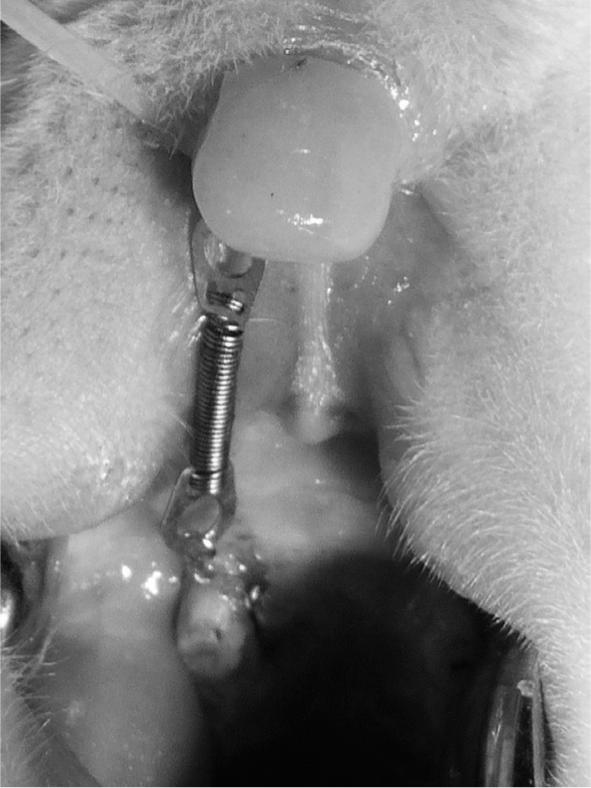The aim of this study was to evaluate, by histological analysis, the effect of growth hormone (GH) on periodontal ligament and alveolar bone during experimental tooth movement in rats. Eighty male Wistar rats divided into control (C) and experimental (E) groups were examined after 3, 7, 14 and 21 days under controlled climate conditions. Orthodontic force (30 cN) was applied on the maxillary first molar by an orthodontic appliance. Group E received 0.1 IU/kg/day of GH and Group C received 0.5 mL/kg/day of saline. The samples were processed and evaluated under optical microscopy and polarized light microscopy. The Kruskal Wallis test was applied to compare the intergroup variables at 5% significance level. Group E presented a larger number of osteoclasts on the 3rd and 7th days and Howship lacunae on the 3 rd day, a smaller number of blood vessels and greater amount of mature collagen on the 3 rd and 7 th days than Group C (p<0.05). It was concluded that GH accelerated and intensified bone resorption and produced delay in immature collagen formation during experimental tooth movement.
human growth hormone; bone


